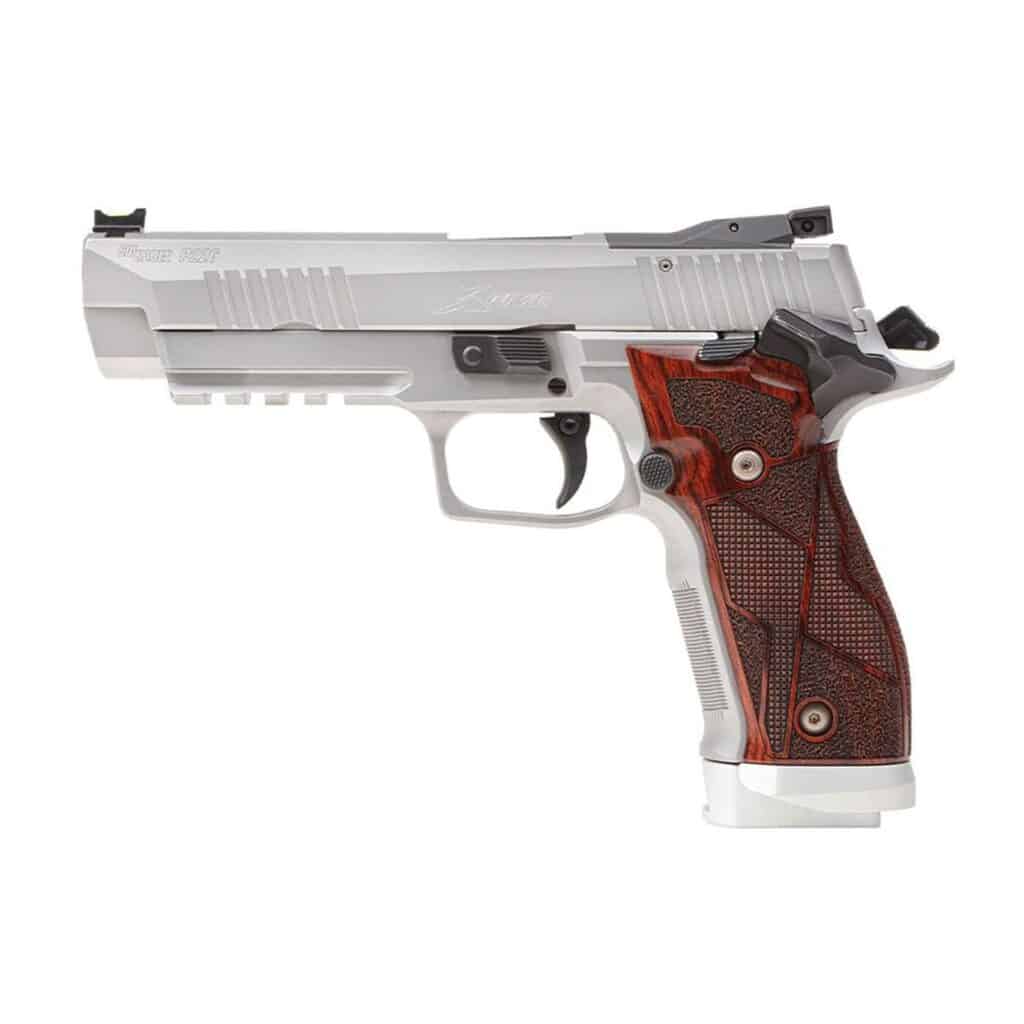Selecting the Best Body Armor for Security Guards
As a security officer, body armor can be a critical piece of equipment, offering protection against potential threats while you perform your duties. Choosing the right body armor can feel complex, especially if you’re new to the role or not an expert in tactical gear. This guide is designed to help you make an informed decision, explaining key features in clear, practical terms. We’ll cover overt (worn externally) and covert (concealed) body armor options, highlight models commonly used by police as a benchmark for reliability, recommend affordable alternatives, and address the legality of body armor for security work.
Table of Contents
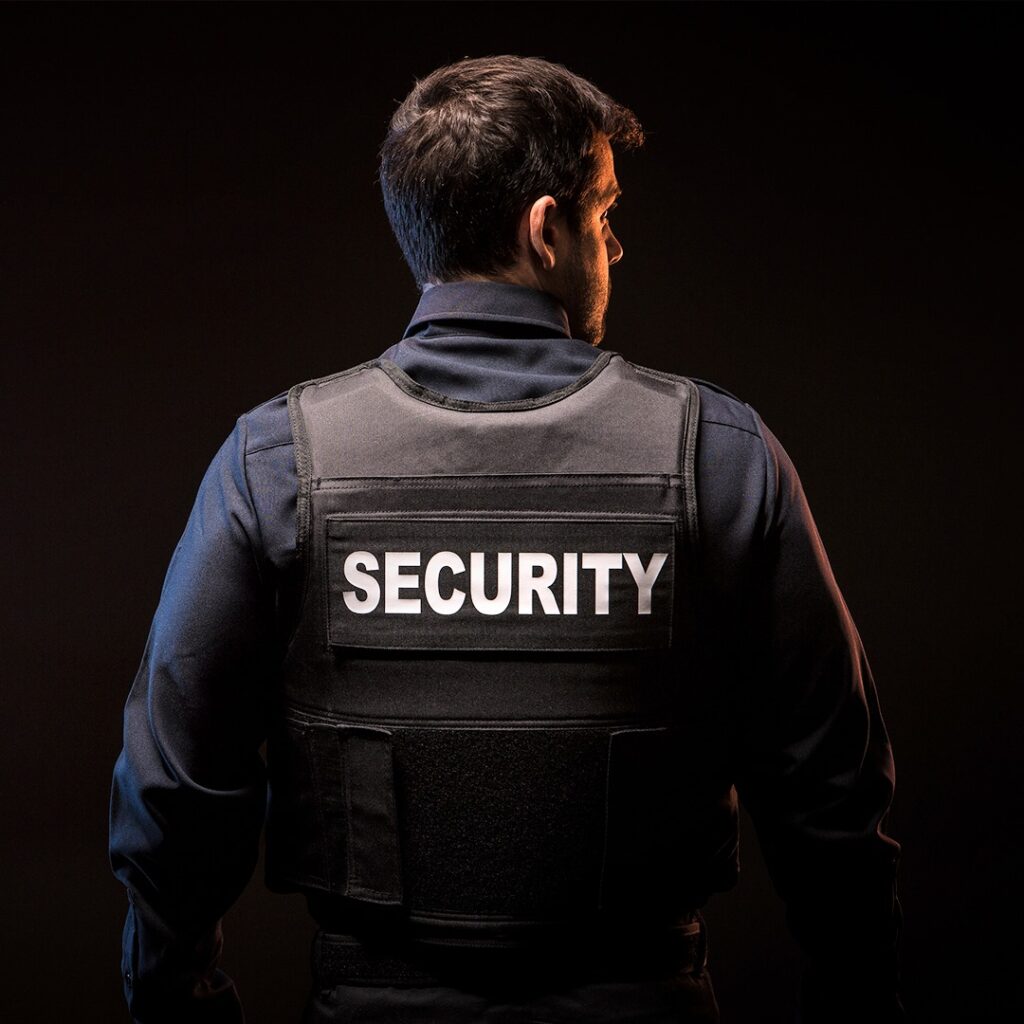
All Illinois licensed security guards need to complete 8 hours of additional refresher training each year. We make that training easy and convenient with our online IL 8-hour Annual Refresher Course.
Why Body Armor Choice Matters
Body armor is designed to protect you from ballistic threats, such as bullets, and in some cases, edged weapons. For security officers, it can provide peace of mind and safety during high-risk assignments, like patrolling volatile areas or guarding high-profile clients. A poorly chosen vest might be uncomfortable, overly heavy, or inadequate for the threats you face. This guide will help you navigate the selection process, covering both overt and covert options, what police use, budget-friendly alternatives, and legal considerations.
Key Features to Consider When Choosing Body Armor for Security Guards
Selecting body armor involves balancing protection, comfort, and practicality. Here are the main features to evaluate when selecting body armor for your role as a security guard:
1. Protection Level
Body armor is rated by the National Institute of Justice (NIJ) for its ability to stop specific threats:
- Level II: Protects against most handgun rounds up to a .38 Special. Level II armor is lightweight and common for security officers due to low cost, but it offers minimal protection.
- Level IIIA: Stops higher-velocity handgun rounds such as .44 Magnum and some shotgun rounds. Slightly heavier but still concealable.
- Level III: Stops 7.62mm rifle rounds, such as the AK47. Typically used in overt vests for high-threat environments. Most common in plate-type body armor, but also available in some hybrids.
- Level III+: This is not an official NIJ designation, but it is a commonly seen rating in the body armor market. This is referred to as a special threat protection type of armor and may be able to resist 5.56 NATO ‘green tip’. It is very important to check third-party testing when purchasing any armor with a ‘+’ rating, as + ratings are not a NIJ-recognized designation.
- Level IV: Stops armor-piercing rifle rounds such as .30-06 AP. Heaviest but best protection, and used in tactical situations. Sometimes, the layering of multiple armors will achieve a level IV rating.
Level II or IIIA is usually sufficient for most security roles, as they balance protection and mobility. Check your employer’s requirements, as some may mandate specific NIJ levels.
RF and HG are new NIJ body armor ratings that categorize protection levels based on the type of threat: RF (Rifle) and HG (Handgun). RF ratings, like RF1, RF2, and RF3, classify armor’s ability to stop rifle-caliber ammunition. HG ratings, such as HG1 and HG2, denote protection against various handgun rounds. These new ratings, part of the updated NIJ 0101.07 standard, offer more specific and accurate classifications than the previous Level II, III, and IV standards, addressing evolving ballistic threats.
RF Ratings (Rifle)
- RF1: The most basic rifle rating, designed to stop common rifle threats, including 7.62x51mm M80 ball, 7.62x39mm, and 5.56x45mm M193.
- RF2: A new, intermediate rifle level offering protection beyond RF1, specifically against 5.56x45mm M855 “green tip” bullets with steel cores.
- RF3: The highest rifle rating, providing protection against armor-piercing (AP) threats, such as .30-06 caliber armor-piercing ammunition.
HG Ratings (Handgun)
- HG1: This rating is analogous to the older Level II and provides protection against specific handgun threats.
- HG2: This rating is similar to the former Level IIIA, offering increased handgun protection against rounds like 9mm Full Metal Jacket rounds fired from submachine guns and short-barreled carbines.
Many body armor manufacturers will publish the NIJ approval letters on their websites, but it is also a good idea to look at 3rd party testing as well. There are many videos on the internet of people actually shooting body armor to see exactly what kind of damage it can take. As with all life-saving devices, take some time to do your due diligence.
2. Overt vs. Covert
- Overt: Worn over clothing, often with MOLLE webbing for attaching gear (e.g., holsters, pouches). Overt vests are visible, signaling authority, and are common for uniformed security in high-risk settings. They may include hard plates for rifle protection.
- Covert: Worn under clothing for concealment, ideal for plainclothes or low-profile security roles. The body armor is hidden. Covert vests are often lightweight, flexible, and use soft armor (Level II or IIIA). Though some plate carriers can be covert, this is less common.
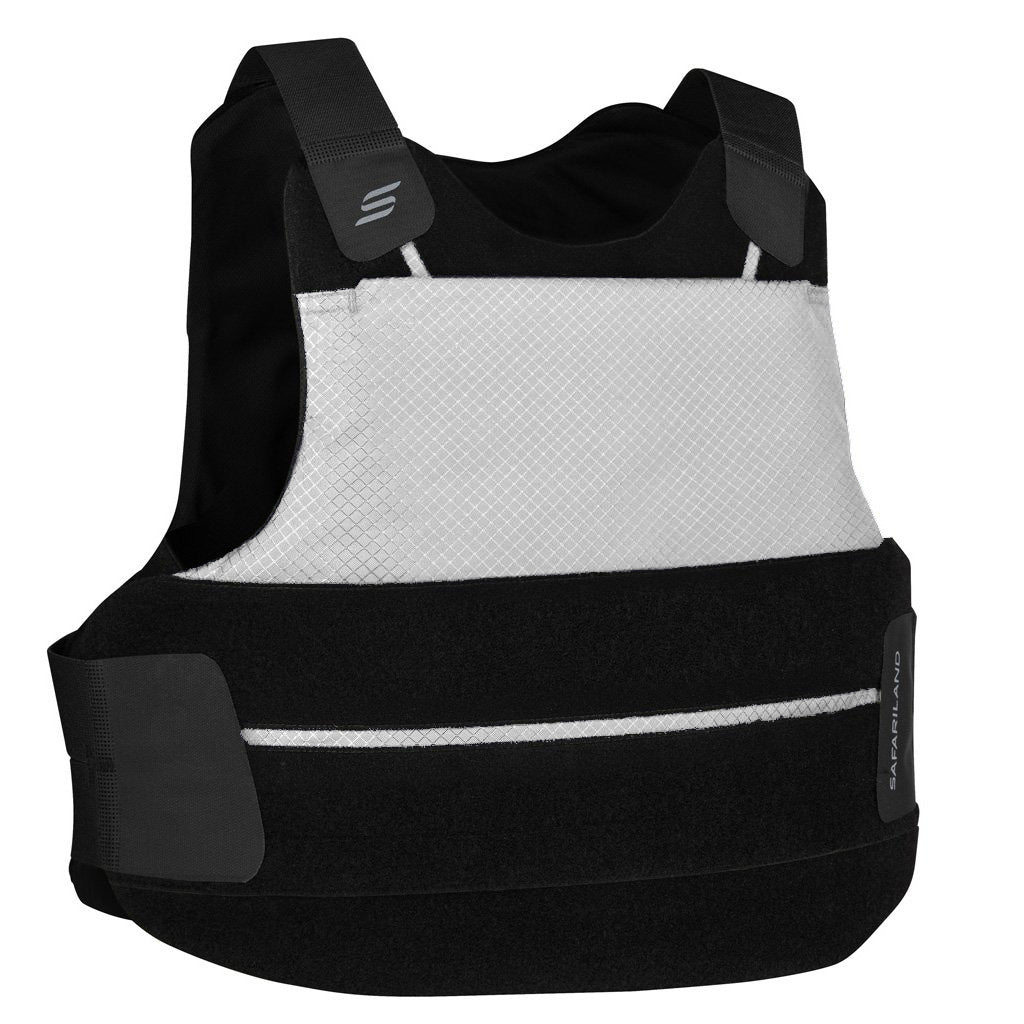
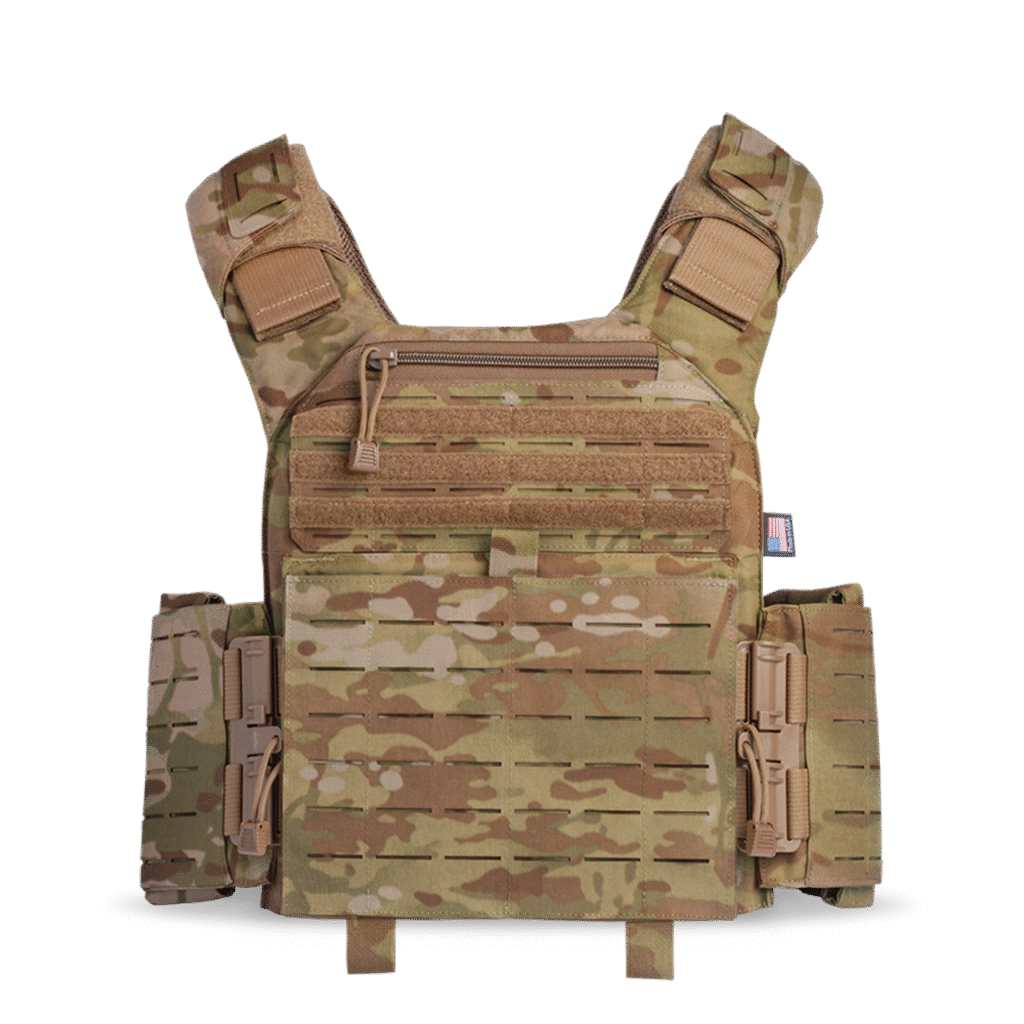
Choose based on your role. Choose overtly worn body armor for a visible deterrence and for versatility. Choose covert body armor worn under your clothes for discreet protection.
3. Fit and Comfort
Comfort is very important when selecting body armor for security work. As a security guard, you’re going to be wearing this armor all day. A very heavy or poorly fitted vest can restrict movement or cause discomfort during long shifts. Look for:
- Weight: Lighter vests (Level II/IIIA) are better for all-day wear; heavier plates (Level III/IV) may tire you out.
- Adjustability: Straps at the shoulders and waist for a custom fit.
- Padding: Breathable linings or moisture-wicking materials to reduce heat buildup. Shoulder straps may also be padded, which adds bulk but increases comfort.
We should also lump the ease of cleaning in with the fit and comfort, since your carrier will need to be cleaned occasionally or will begin to smell funky. Having a clean vest will add to comfort so you and others don’t have to smell you all shift.
4. Material
Body armor can be made from nearly a dozen different types of materials. Some are more resistant than others, while some materials are heavier than others. Body armor is typically made from:
- Kevlar: A lightweight ‘Aramid’, flexible material used in soft armor (Level II/IIIA). Durable but less resistant.
- Dyneema/Spectra: Woven and layered sheets of high-density polyethylene. Polyethylene body armor is lightweight and strong, making it ideal for security guards. Often used in soft armor for improved flexibility and comfort, it may also be used to fabricate carrier inserts, also known as ‘plates’, and is used in hybrid systems.
- Ceramic: Ceramic body armor can be made in plate form or layers of individual tiles for flexibility. Ceramic plates are known to be more fragile than most other plates.
- Steel Plates: Used in Level III/IV vests for rifle protection. Heavier but highly effective. Steel plates are available in different steel types, such as AR500, AR550, or AR650, and may or may not have coatings applied to absorb or minimize the danger of bullet spall upon contact.
- Hybrid: Combines soft and hard armor for versatility.
- Zylon: Zylon body armor has been banned by several law enforcement agencies, and for that reason, we don’t recommend body armor manufactured with Zylon.
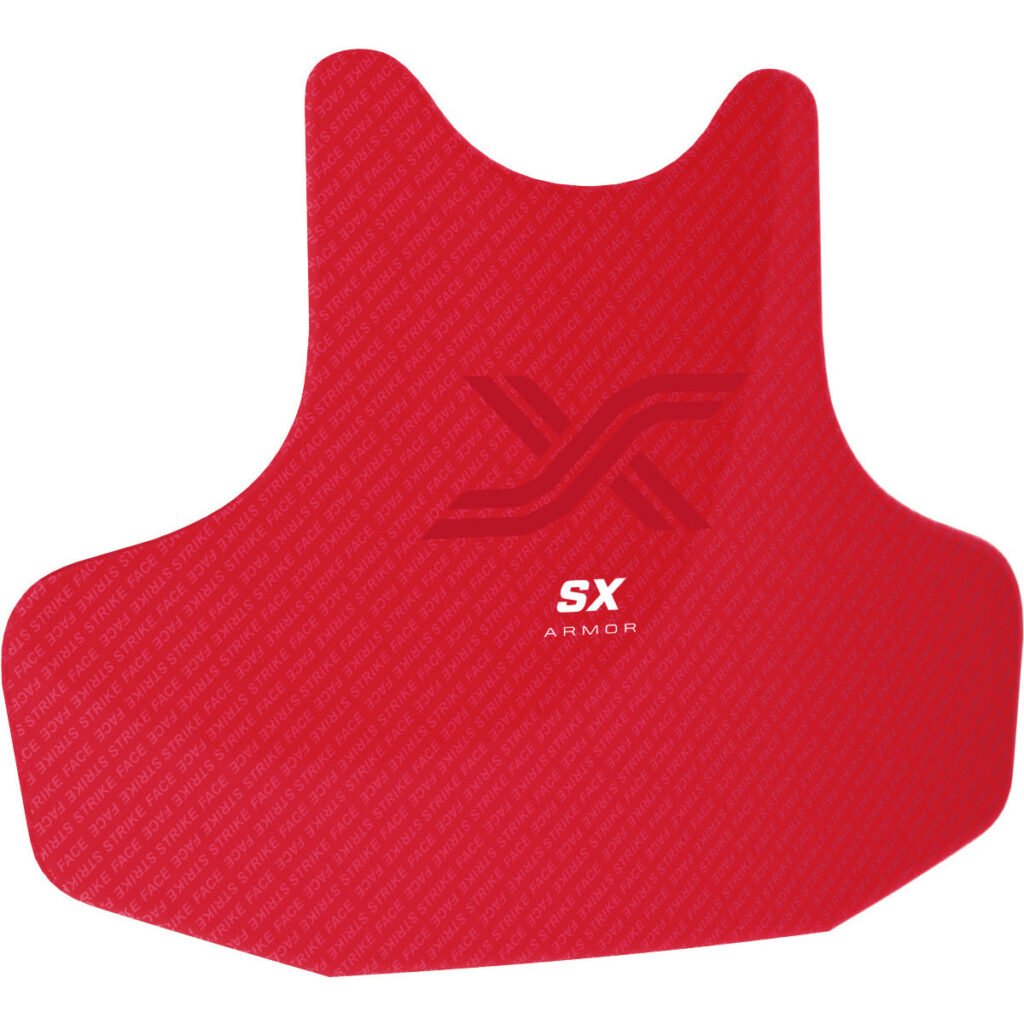
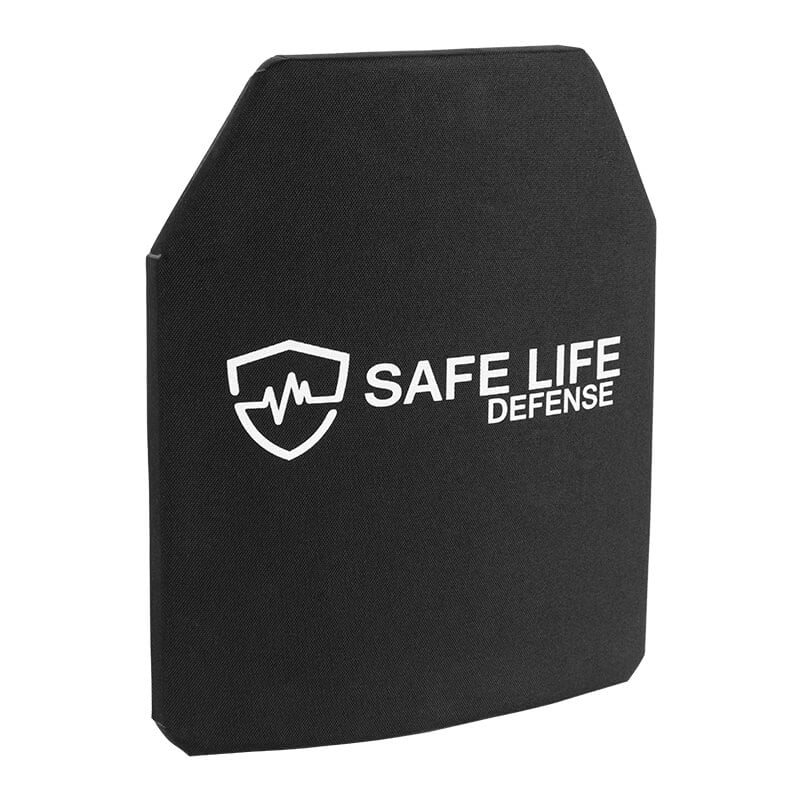
Soft armors are the most common for security officers due to their balance of protection, weight, and cost. Soft armor won’t stop rifle rounds, but it is light enough and comfortable enough to be worn all day. Various plate-type armor, worn in a plate carrier, becomes more common when a tactical look is desired for a security guard to project force deterrence. Hybrid body armor can often be a good option for overt and covert armor, and by combining different materials, it may reduce weight while still having good resistance.
5. Durability
Body armor must withstand daily wear, sweat, and environmental conditions. Check for reinforced stitching, water-resistant coatings, and NIJ certification, which ensures the vest meets performance standards. Most soft vests and hybrids have a 5–10-year lifespan, depending on use and maintenance. Adhesives and materials can start to break down over time.
It is important to note that warranty length and shelf life of body armor aren’t the same. Body armor will certainly be serviceable well beyond the warranty period. Steel plates, for example, don’t really go bad. However, at some point, the body armor will begin to degrade and lose effectiveness. How far are you willing to push the envelope? The service life or shelf life of the armor is something that you may want to discuss with the manufacturer.
6. Compatibility
Ensure the vest works with your duty belt and holster. Overt vests with MOLLE webbing offer attachment points for gear, while covert vests should be slim to avoid bulging under clothing. Think about belt-worn equipment, such as holsters, and how the body armor may interfere with existing equipment.
7. Cost
Body armor ranges from $500 to over $2,500. A reliable Level II/IIIA vest typically costs $500–$1,500, while Level III/IV setups can be pricier. Budget options exist, but those budget armors should meet NIJ standards with third-party testing. Scams and counterfeits do exist in the budget body armor category, so beware.
8. Employer Requirements
Some security companies mandate specific NIJ levels, vest types (overt vs. covert), or colors (e.g., black for overt vests). Confirm your security agency’s gear and uniform requirements before purchasing your body armor.
9. Legality of Body Armor
Your area may have laws against the use of body armor. For example, federal law allows civilians to purchase and use body armor unless convicted of a felony (18 USC § 931). However, in Illinois, it’s illegal to wear body armor while possessing a dangerous weapon during a crime. In Chicago, the body armor ordinance (8-4-148) prohibits civilians from selling, purchasing, or possessing body armor, with fines of $500–$1,000 per violation. Exceptions to the Chicago ordinance include licensed security officers, police, emergency responders, journalists, and actors using armor as props when acting in their official capacities.
Always verify with your employer and local laws to ensure compliance, as proposed legislation would change possession and ownership.
Commonly Used Police Body Armor
Most law enforcement departments do not mandate armor brands, but instead mandate armor ratings, usually Level II or IIIA soft armor. Most police departments also require their officers to buy their own body armor. Police body armor is designed for high-risk environments, making it a great reference for security officers. Here are popular body armor brands used by law enforcement, valued for their protection and reliability:
- Point Blank – Soft armor Level II-IIIA, $890-$2,700 with carrier vest.
- Safariland – Available to Law Enforcement Only
- Armor Express
- Safelife Defense – Soft and Hybrid Level IIIA-IIIA+ $600-$1,700
- Galls – Soft Armor Level II-IIIA, $650-$1,400 with carrier vest.
For reference, the Chicago police department’s soft body armor standard is as follows: Soft body armor will meet the National Institute of Justice (NIJ) Ballistic Resistance of Police Body Armor (NIJ Standard 0101.06 or the most current standard) for armor classified as Type II or higher.
The Illinois State Police body armor standard is as follows: Level II or higher body armor as certified by the National Institute of Justice for the safety and protection of sworn personnel.
Affordable Body Armor For Security Guards
High-quality body armor doesn’t always require a premium price, but also remember that life-saving devices are investments and not expenses. These budget-friendly soft armor options meet NIJ standards and offer reliable protection for security work, often at a lower cost due to simpler designs or less brand prestige.
- Spartan Armor – Level IIIA, $650-$750
- Ace Link Armor – Level IIIA, $500
Ensure these alternatives meet your employer’s NIJ level and type requirements, and verify compliance with local laws.
Ready to advance in your Security Career and become an Armed Security Guard? We offer the training you need to get your Illinois Armed Security license. Learn more here: IL Armed Security Training Bundle.
Tips for Choosing Your Body Armor
- Get Fitted Properly: Visit a supplier to ensure the vest fits snugly without restricting movement, or be sure to carefully read the fitment charts on manufacturer websites. Also, be sure to read return policies when purchasing.
- Check Employer Rules: Confirm required NIJ levels, vest type (overt vs. covert), and color.
- Test Comfort: If you can, try the vest on, do so with your other duty gear. Wear the vest with your duty belt to ensure compatibility and comfort.
- Maintain Your Armor: Follow manufacturer guidelines for cleaning and storage to extend lifespan.
- Verify Legality: Ensure your use of body armor complies with your state and local laws and ordinances.
Body armor is a vital tool for security officers, offering protection and confidence in high-risk roles. Focus on NIJ protection levels (Level II/IIIA for most duties), choose between overt (visible) or covert (concealed) options, and ensure comfort and compatibility with your gear.
Before purchasing, verify compliance with your employer’s requirements and local laws and ordinances, which may exempt licensed security officers in official duties. Test your vest for fit, practice wearing it with your gear, and maintain it properly. With the right body armor, you’ll be better equipped to perform your duties safely. Stay vigilant and choose wisely!
Some images on this page have been provided by and may be copyrighted by Safe Life Defense, Safariland, and Spartan Armor.


